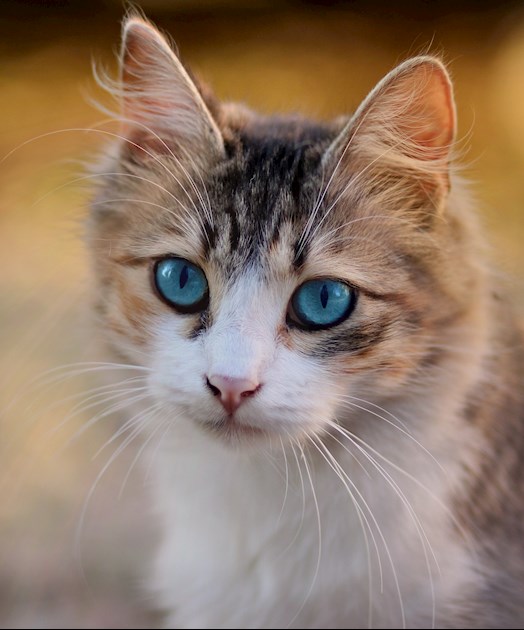Just watching our cat on the sofa and hoping she doesn't know what I am posting.
Environ Toxicol Chem. 2018 Oct;37(10):2523-2529. doi: 10.1002/etc.4239. Epub 2018 Sep 19.
Per- and polyfluoroalkyl substances in Northern California cats: Temporal comparison and a possible link to cat hyperthyroidism.
Wang M1, Guo W1, Gardner S2, Petreas M1, Park JS1.
Author information
1 Department of Toxic Substances Control, California Environmental Protection Agency, Berkeley, California, USA.
2 Albany Animal Hospital, Albany, California, USA.
Abstract
The indoor environment and dietary intake are considered to be major human exposure pathways to per- and polyfluoroalkyl substances (PFASs). Cats have similar exposures to humans by sharing their residential environments, although they have different diet, body sizes, and indoor activities. In the present study, we report PFAS levels in the serum of 2 groups of Northern California cats (>10 yr old) collected during 2 time periods: 2008 to 2010 (n = 21) and 2012 to 2013 (n = 22). Levels of ∑PFAS (geometric mean) were lower in the second period (geometric mean = 8.10 ng/mL) than the first time period (geometric mean = 15.8 ng/mL), although PFAS profiles remained similar. We also analyzed PFAS levels in human serum collected in the same time period (2008-2010) and geographic area, and compared the profiles and ∑PFAS levels (15.8 vs 14.3 ng/mL for cat and human, respectively). Long chain perfluorinated carboxylic acids, especially perfluorononanoic acid and perfluoroundecanoic acid, were significantly higher in cat serum than in humans. Furthermore, serum from hyperthyroid cats in the second time period showed higher ∑PFAS level (9.50 ng/mL) compared to nonhyperthyroid cats (7.24 ng/mL), and it is the perfluorooctanoic acid levels that were statistically significantly higher in hyperthyroid cats' serum (p < 0.05). This result may indicate a possible link between PFAS levels and cat hyperthyroid, warranting a larger study for further investigation. Environ Toxicol Chem 2018;37:2523-2529.
© 2018 SETAC.
KEYWORDS:
Cat hyperthyroidism; Cat serum; Human serum; Per- and polyfluoroalkyl substances; Perfluorooctanoic acid
PMID: 30229994
DOI: 10.1002/etc.4239
ncbi.nlm.nih.gov/pubmed/302...
A little about perfluorononanoic acid:
en.wikipedia.org/wiki/Perfl...
A little about perfluoroundecanoic acid:

 )
)